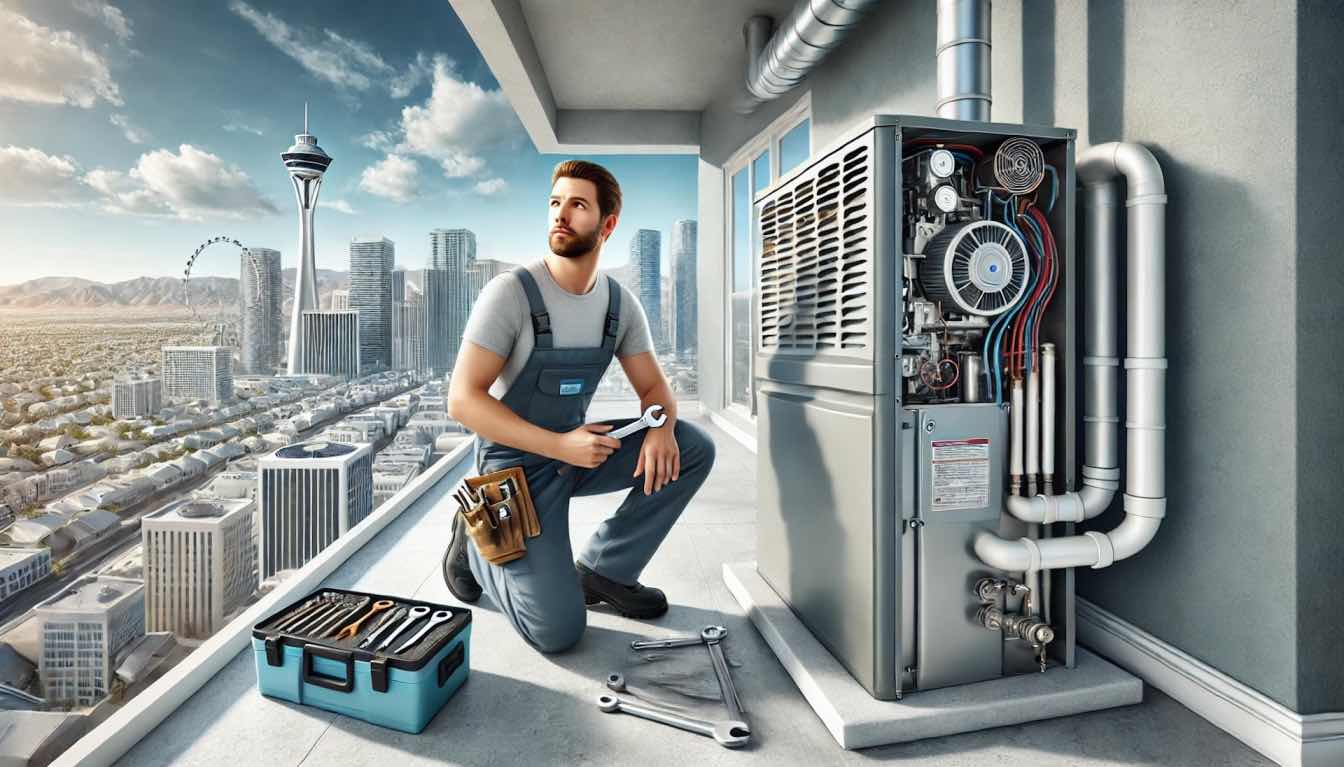Imagine a world where you can let magic in all the time. A world where you are immersed in objects that bring you joy and help brighten up your day. Now what if that world was your office? A place that transcends the traditional drab concrete interiors and leads to innovation and excitement. This is the future of architecture. Through interactive design, office spaces are changing from a place you have to go to to a place you want to go to.
At the forefront of this revolution is Indian born creative technologist and architect Jill Shah. Currently residing in New York, Shah received a Bachelors of Architecture from Maharaja Sayajirao University of Baroda before moving onto her Master's of Fine Art from the Parsons School of Design. Her focus is to bring back the “magic” to our everyday lives and she has worked on projects for CitiBank, Netflix and Accenture where her design skills were crucial in the development of the Hives, an interactive office space.
Making Work Fun
“We have moved into a phase where professionals need an incentive to go to their workplaces,” begins Shah. The post COVID movement of people working from home and on hybrid schedules has driven people out of conventional work spaces. In order to combat this, companies have started to design interactive workspaces which are exciting and encourage creativity.
Peering far beyond the cubicles and gray interiors of old, the Indian born architect looks to create offices that encourage movement and innovation. “We are starting to look more at collaborative spaces that are tailored to their specific industry,” she says. Using an example of a marketing studio Shah lays out her ideas, “the focus should be on fostering interaction and hands-on creativity.” This would lead the technologist to focus on creating large group work spaces that aren’t only intended for meetings, but rather foster a sense of group creation.
The typical office workday has for years involved a lot of sitting and looking at the same colors and textures. As society has evolved we now know that the brain functions better with movement and interaction, something Shah tries to incorporate into her designs. “Imagine walls you can write on, or interactive kinetic sculptures you can fidget with,” these aspects will only drive workers to be more enthusiastic while working and ultimately lead to more productivity.
In order to find the magic in each space she works in, Shah does her homework. “I try to understand the ethos of the company and above that the feelings and needs of the employees.” This begins with conducting interviews and doing user research in order for her to create a clear picture of what the workplace needs are. For her the magic ultimately comes from, “not only designing a functional space, but by creating a place for inspiration and innovation.”

Interactive and Immersive Technology
At the heart of Shah’s designs are elements of interaction and movement. Like the Accenture Hives project she worked on, the architect creates spaces that showcase the company's strengths and ethos by putting it on the walls. She believes that immersive technology has the ability to fuel work and uses it as a mode of inspiration.
But how does she strike the balance between immersion and distraction?
“Instead of opting to make interactive spaces in which the tech is staring and flashing right at you, design them to invite some exploration, user input and thought provoking responses,” Shah details. Technology for her can be tantamount to magic when done properly, so instead of centering her designs on big screens, she takes a subtle approach. Blending the immersive details throughout the workspace helps to create areas of what Shah believes to be, “hidden magic, and everyone likes a little hidden magic!”
When diving into the work the technologist did with Accenture on their Hives project, it is clear to see what the focus was. “We wanted to showcase the company’s expertise across different industries,” which she believes will, “ultimately lead to new ways to talk about the company to potential clients and visitors.” This novel approach can be used as a selling point, but can also provide companies a new way to market themselves.
Beyond the immersive aspect of her designs Shah also looks to promote movement. For far too long, office spaces have been sedentary locations where workers sit for hours at a time. By adding interactive technology Shah hopes to keep minds active in the workplace.
Armed with the knowledge that everyone thinks and creates differently, the architect looks to design office spaces that keep all minds active. She does so by inviting workers to “explore the technology,” which she believes will “boost user input and promote thought provoking responses.” The Indian born technologist attempts to create spaces for everyone with the aim of boosting innovation to its highest level.

The Future is Bright
While society has championed the traditional office space for years, it is thanks to individuals like Jill Shah that we can look to the future. She looks at workplaces as spaces you should want to go instead of dread being in. This ethos has led her to recapture the imagination and “magic” of individuals.
As mental health and movement become more essential than ever, there is a need for this to be reflected in all aspects of life. It is essential as we progress as a society to make work a place you want to be, not a place you have to be. We look eagerly forward to the future of interactive office design, one that is sure to be impressed upon heavily by pioneers such as Jill Shah. As she puts it “Every company deserves a space that embodies its ethos while empowering its people.”






